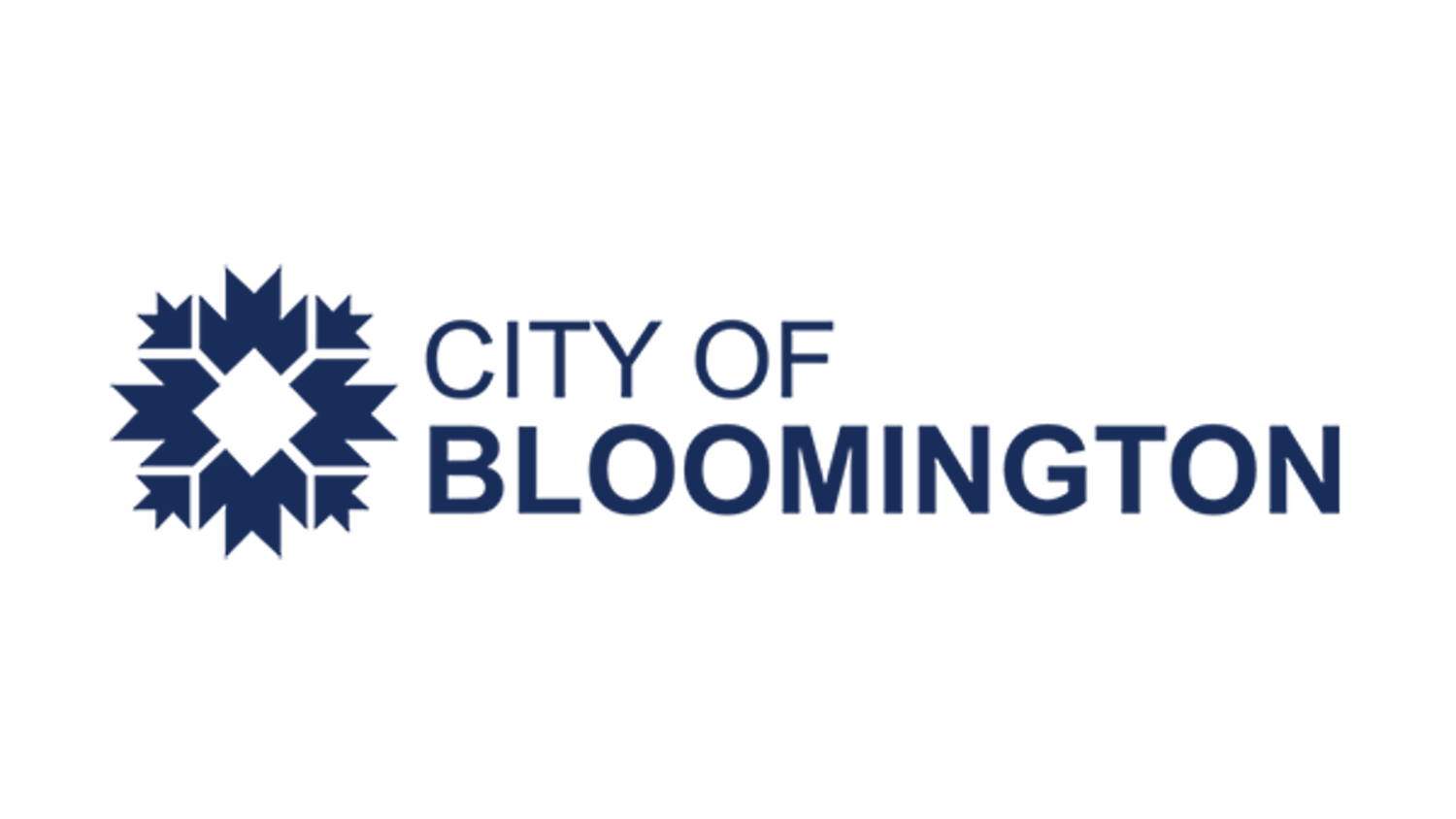Last week, the American Cancer Society released a study that found that the diligent screening promoted by cancer awareness advocates for decades might not be working the way everyone assumed it would.
October is National Breast Cancer Awareness Month, and unless you’re color blind, it’s been nearly impossible to miss, with pink ribbons on Coke bottles, cookie packages, T-shirts and the White House. For years, this important month has offered an occasion to remind women to do their monthly self-exam and get regular mammograms.
The study, published in the Journal of the American Medical Association, discovered that some of the cancers that are found during early screening and then aggressively treated might not actually develop into more threatening stages if left alone. Especially with increasingly grim predictions about the consequences of the rising cost of health care, the question of how to most efficiently and effectively catch and treat cancer is more important than ever.
Many were discouraged to hear that the common conception of cancer as a “one-way arrow” seems to be scientifically erroneous. It used to be assumed that once pre-cancerous or cancerous cells were found in a body, they would continue to multiply and grow, the cancer eventually spreading throughout the body and threatening life.
However, it now seems that the reality is much more complex. Many cancers might not actually develop the way modern medicine has hypothesized. This new knowledge might temporarily confuse and frustrate scientists, doctors and patients.
Although it significantly complicates our linear ideas of how cancer “works,” in the long run, the more knowledge obtained about how cancer develops (or doesn’t), the closer we come to being able to abolish the disease.
Every study agrees that women should continue to diligently perform monthly breast self-exams, to get mammograms yearly after a certain age (depending on risk factors such as weight and family history) and be aware of any changes in their breasts.
We must continue to raise awareness and funds this month, as well as every month, in order to further research – while originally confusing – that will eventually bring us closer to the cure.
Seeing pink
Get stories like this in your inbox
Subscribe




